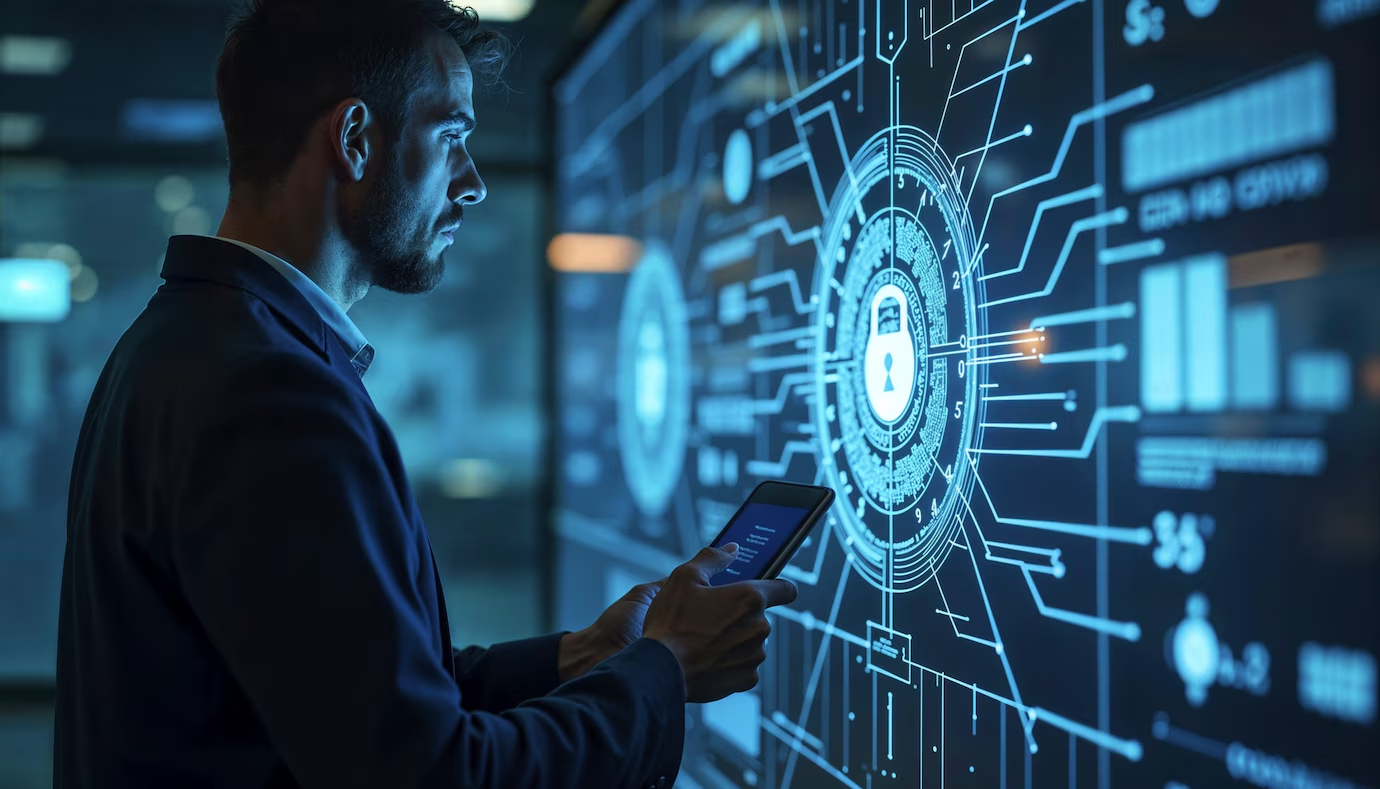Enhancing Biometric Security with Advanced Liveness Detection Software

Freepik
Traditional authentication techniques become insufficient to address the evolving challenges of digital fraud and identity theft. Software-based live detection systems now function as advanced tools that ensure real people get access to protected systems. Through artificial intelligence combined with deep learning and biometric signal analysis, this security system provides an efficient defense against attacks attempting to use photos, videos, or synthetic identities. This paper examines diverse liveness detection methods and their industrial uses and explains how these methods support vital security improvements in finance, healthcare, and governmental sectors.
The Growing Need for Liveness Detection in Security Systems
Digital fraud and identity theft have advanced, so organizations now demand strong biometric security solutions to protect their operations. Biometric authentication has been augmented by liveness detection technology, which protects real authorized users by preventing unauthorized access through photographic images, video profiles, or synthetic identity credentials.
Liveness detection software has become the standard protection method that many industries, especially financial services, healthcare, and governmental departments, utilize for their critical security and user convenience needs. This article investigates liveness detection methods alongside their fundamental principles and reviews the currently available solutions in the market.
Understanding Liveness Detection Technology
The biometric security system known as liveness detection monitors whether the person presenting biometric credentials participates in active authentication sessions. Liveness detection functions differently from traditional biometric verification methods because it ensures the genuine status of stored biometric data in the verification process.
This technology prevents attackers from spoofing systems by using fake biometric artifacts, such as high-quality images and masks, and advanced video manipulation techniques.
Active Vs Passive Liveness Detection: Key Differences
Liveness detection requires three fundamental strategies: passive, active, and hybrid detection. When conducting security operations, it is key to pick the most suitable method from each group based on individual safety needs.
1. Passive Liveness Detection
Passive liveness detection functions automatically through background monitoring that does not prompt user engagement. The system determines a testament to humanity by examining natural facial attributes, including skin texture, micro-expressions, and pupil movement.
Advantages:
- This offers an easy user experience that requires little interaction.
- It works best for applications where convenience is most important.
Challenges:
- May be vulnerable to sophisticated deepfake and 3D mask spoofing techniques.
2. Active Liveness Detection
Active liveness detection systems require users to complete specific tasks, such as moving their heads, smiling, or blinking, to demonstrate their physical presence.
Advantages:
- Offers higher accuracy in detecting spoofing attempts.
- Reduces the risk of attacks using static images or videos.
Challenges:
- May disrupt the user experience due to additional steps.
3. Hybrid Liveness Detection
Hybrid liveness detection uses passive and active methods to improve security while being easy for users.
Applications:
- Financial services require stringent security measures.
- Government and law enforcement agencies require highly accurate identity verification.
Importance of Face Liveness Detection in Security
The need for face liveness detection in security has grown because cyber threats are advancing. Their traditional means of verification, such as biometrics, are insufficient to hold back identity fraud alone. Liveness detection software provides greater security by halting spoofing attacks, which reduces the danger of impersonation. This is especially important in high-risk areas like banks, telehealth services, and border security, where accurate identity checks are crucial. Liveness detection balances strong security measures with a smooth user experience by allowing quick authentication while minimizing user interruptions.
How Liveness Detection Software Works
Liveness detection uses contemporary technologies, including AI and deep learning capabilities, to perform biometric signal analysis and verify the presence of real people.
- AI-Powered Algorithms – Machine learning models analyze facial features and detect anomalies that indicate spoofing attempts.
- Biometric Signal Analysis – Techniques such as texture detection, pupil dilation tracking, and heartbeat detection enhance accuracy.
- Seamless Integration – Modern liveness detection solutions can be embedded into existing biometric authentication systems.
Features of the Best Liveness Detection Software
Several essential characteristics must be evaluated while searching for the best liveness detection software. Software reliability depends on both the speed of delivery and accuracy because trustworthy results should appear instantly and produce minimal incorrect classifications. The solution should operate securely between mobile devices, hardware-based systems, and desktop platforms. Advanced spoof detection enables the software to deliver high-quality synthetic fraud detection through deepfake discrimination methods. The software needs to present an interface that combines simplicity for users with absolute protection of security standards. Achieving conformity with data regulations, GDPR, and HIPAA maintains essential legal and ethical standards. The system requires ongoing updates with supportive maintenance to address present and future security challenges that emerge effectively.
Conclusion
Biometric security requires liveness detection software to become vital since identity fraud continues developing in new directions. Organizations and businesses must deploy the best protective systems to combat advanced threats without compromising user experience.
Implementing liveness detection systems boosts digital authentication security, trust levels, and operational effectiveness within authentication systems. Data protection and unauthorized access prevention can be achieved by implementing biometric verification solutions using artificial intelligence capabilities. Technology development will require continuous innovation of liveness detection systems to prevent and fight digital identity threats.






